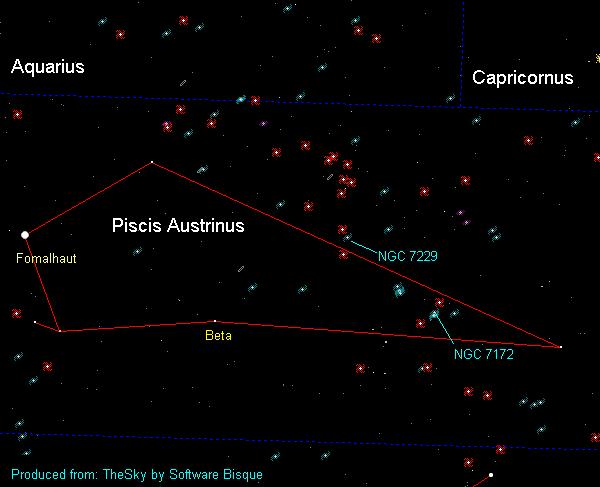Still A Good Comet
For most of last month, we had a wonderful chance to follow Comet 103P Hartley 2 as it quickly trekked across northern skies. By October 8, it was close to the Double Cluster in Perseus. At that point, Hartley was showing up on photos but one was still hard-pressed to see it visually. By the 20th, our cosmic visitor was making its closest approach to Earth at a mere 18 million kilometres. Eight days later, the comet came closest to the Sun and is now on its way back to deep frigid space.
As November opens, Hartley is now in Gemini and quickly moving south. The Moon is no longer a glowing obstacle and will be new on the 6th. On November 1, Hartley will be at magnitude 4.7 and is an easy target to the naked eye from dark sites. Its tiny 1.5-kilometre nucleus is producing a coma about the visual size of the full moon. In fact, Hartley appears similar to Comet Holmes that graced our skies around this time – three years ago. My my how time has flown by.
The big difference in October 2007 is Holmes was a magnitude 17.5 comet one night and the next night suddenly gave off a vast amount of new material from within. With this fresh icy debris, Comet Holmes surged in brightness by one million times and instantly gained naked eye status. Hartley is a 6.46-year periodic visitor that will return in April 2017. Until it fades or just gets too low in the sky to locate, go out as often as possible to observe, photograph, sketch and share with your neighbours. Other than its next return, who knows when the next bright comet will grace our skies?
This month we will point our telescopes down to Piscis Austrinus. This constellation is so low as seen from Canadian skies, the northern constellation boundary with Capricornus and Aquarius is positioned at declination minus 25. Such low star groupings do not remain above our southern horizon too long. The stars that make the fish lying on its back range from magnitude 4.2 to 4.4 and mythological states the fish is drinking water from Aquarius. The magnitude 1.3 alpha star is named Fomalhaut – from the Arabic phrase meaning "the mouth of the southern fish." This sun is registered as a class A1 star with a surface temperature of 8,500 Kelvin and luminosity 16 times that of our Sun.
Fomalhaut made news back in November of 2008 with the first-ever image taken of a planet around a distant star thanks in part to the Hubble Space Telescope. Listed as the 18th brightest star in the night sky, Fomalhaut is only 25 light-years from Earth. However, even at this somewhat close distance, it would take a spacecraft an estimated 420,000 years to travel there one way. The exoplanet is four times farther from Fomalhaut than the planet Neptune is from our Sun.

As a side note, the first-ever family of planets imaged from ground-based telescopes was accomplished by the Keck and Gemini Telescopes also in November 2008. The three planets orbit at 3.8 billion, 6 billion and 10.5 billion kilometres from the sixth magnitude star HR 8799 located in Pegasus and lies 130 light-years from us.
Let us now look at a small but quaint galaxy, NGC 7229. This face appears face-on galaxy is only 2.0 by 1.2 arc minutes wide. Depending on your telescope’s aperture, you might be able to count its many galactic arms. Moving on to a small group of galaxies headed by NGC 7172. This edge-on island of stars is listed as magnitude 11.9. Below NGC 7172 we find NGC 7173 – a tad fainter at magnitude 12.1 followed by NGC 7176 at magnitude 11.8.
Jupiter is the prominent planet this month. The King of planets is well up by sunset meaning our distance from each other is lengthening and Jupiter is getting a bit smaller. Since Earth is moving faster in its orbit, Jupiter appears to be moving westward with the stars. This is called retrograde and will end when Jupiter resumes its easterly motion from the 19th. Be sure to follow the many shadow transits Jupiter has to offer. A list of events can be found on pages 235 and 236 of the 2010 Observers Hand Book of the Royal Astronomical Society of Canada.
As for Mercury and Mars, they are getting lower in the west as time goes by. On November 6, Mars is one degree north of M80. Moving to the morning skies, Venus and Saturn are slowly pulling themselves from the solar glare. In a few short months, we will be enjoying Saturn’s rings again and at a decent hour.
This is the month when we get to enjoy an extra hour of sleep. Sunday, Nov 7 we move the clocks back an hour (where applicable) and thus become Eastern Standard Time. Remember to subtract that hour when converting from Universal Time for various astronomical events such as the transit of Jupiter’s moons.
Ten short nights later will be the peak of the Leonid meteor shower. The Leonids is a variable shower with rates changing from year to year depending on what ribbon of debris Earth flies into. This shower is not expected to be spectacular like a few years ago with the meteor storm. The prediction is only 20 meteors per hour per single observer.
And finally the November 21 full moon is called the Beaver Moon. I can imagine those busy little beavers are getting ready for another Canadian winter. Even though it is cold, winter is a great time to enjoy the night sky.
Until next month, clear skies everyone.
